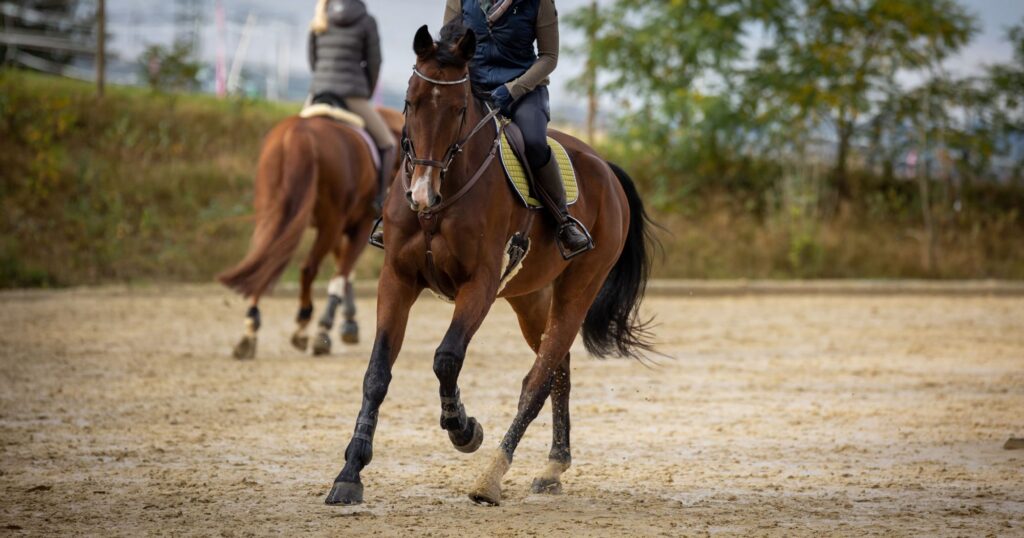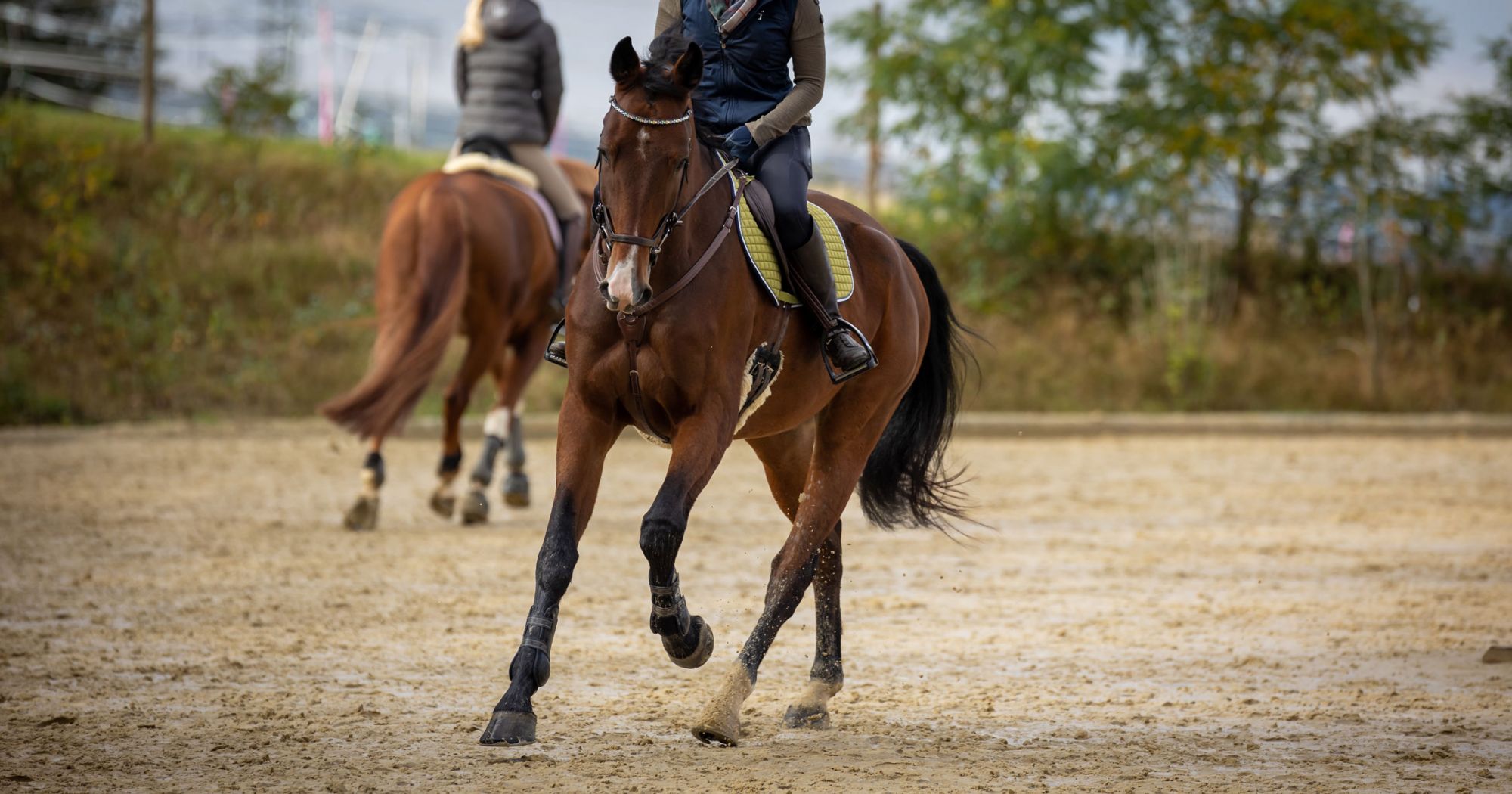Have you ever finished a horseback riding session and immediately dismounted your horse without taking the time to properly cool down? If so, you may not be aware of the importance of cooling down after horseback riding. In this article, we will discuss why cooling down is crucial for both you and your horse’s well-being, as well as some recommended techniques to incorporate into your post-ride routine. So, saddle up and get ready to learn more about the importance of cooling down after horseback riding in our upcoming blog post!
When it comes to horseback riding, many riders focus on the ride itself, but overlook the importance of the cool down period afterwards. Just like with any other physical activity, cooling down is essential to help your body gradually recover and prevent the build-up of lactic acid in your muscles. It also gives your horse a chance to gradually reduce their heart rate and cool down their body temperature, which is especially important if they have been exerting themselves during the ride. In our upcoming blog post, we will delve deeper into the benefits of cooling down after horseback riding and provide you with practical tips on how to incorporate a proper cool down routine into your riding sessions. Stay tuned to our website “http://horsebackridingdude.com” for more information on this crucial aspect of horseback riding.

The Importance of Cooling Down after Horseback Riding
Horseback riding can be an exhilarating experience, allowing you to connect with nature and bond with your horse. Whether you engage in trail riding, dressage, jumping, or western riding, it is crucial to remember the importance of cooling down after each riding session. Cooling down plays a vital role in maintaining the well-being of both the rider and the horse, both physically and psychologically. In this article, we will explore the significance of cooling down, its various benefits, key components of an effective cool down routine, as well as common mistakes to avoid.
Why is cooling down important after horseback riding?
When we engage in any physical activity, including horseback riding, our bodies undergo various changes. Our heart rate increases, blood flow to the muscles intensifies, and our body temperature rises. Cooling down after riding allows our bodies to gradually return to a resting state and ensures a smooth transition from activity to rest. It helps prevent muscle soreness and stiffness by promoting muscle recovery and relaxation. Additionally, cooling down aids proper circulation and heart rate, prevents lactic acid build-up, reduces the risk of injury, and offers psychological benefits for both the rider and the horse.
The physiological benefits of cooling down
One of the most significant physiological benefits of cooling down is the prevention of muscle soreness and stiffness. Intense exercise causes microscopic damage to our muscles, which can lead to soreness and stiffness if not properly addressed. Cooling down allows for increased blood flow to the muscles, which helps remove metabolic waste and deliver vital nutrients necessary for muscle repair and recovery. By incorporating a cool down routine into your riding sessions, you can alleviate post-exercise muscle soreness.
Cooling down also promotes muscle recovery and relaxation. As the body gradually returns to a resting state, muscle tension decreases, and the heart rate drops. This allows the muscles to replenish their energy stores and relax, which in turn improves flexibility and range of motion.
Maintaining proper circulation and heart rate is another crucial aspect of cooling down. By gradually decreasing the intensity and pace of exercise, you allow your heart rate to gradually return to its resting rate. This controlled decrease in heart rate helps prevent sudden drops in blood pressure and promotes better cardiovascular health.
Preventing lactic acid build-up
During intense exercise, the body produces lactic acid as a byproduct. If not properly addressed, the build-up of lactic acid can lead to fatigue and muscle soreness. Cooling down helps remove lactic acid from the muscles, aiding in their recovery and preventing the onset of muscle fatigue.
Reducing the risk of injury
Proper cool down techniques can significantly reduce the risk of injury. After a riding session, your body and muscles may still be warm and flexible, making it an ideal time to engage in stretching exercises. This helps improve flexibility, reduce muscle imbalances, and enhance joint range of motion. By incorporating gentle stretching exercises into your cool down routine, you can minimize the risk of muscle strains, sprains, and other soft tissue injuries.
The psychological benefits of cooling down
While the physical benefits of cooling down are undeniable, the psychological benefits are just as important. After an intense riding session, cooling down provides a period of mental relaxation for both the rider and the horse. It allows you to reflect on the ride, evaluate your performance, and set goals for future sessions.
Promoting mental relaxation and calming the horse is a crucial aspect of cool down, especially for high-energy and excitable horses. By engaging in relaxation exercises and maintaining a calm environment, you can help your horse recover both physically and mentally, fostering a stronger bond and trust between you.
Cooling down also provides an opportunity for the rider to bond with the horse. By spending time together during the cool down, grooming and providing gentle massages, you can strengthen your relationship and build trust. It allows both you and your horse to wind down and end the riding session on a positive note.
Inviting the horse to graze or offering treats during the cool down period can also create a positive association with the end of the ride, further enhancing the horse’s enjoyment of the overall experience.
Building trust and bonding with the horse
Cooling down after a ride is an ideal time to connect with your horse on a deeper level. It allows you to demonstrate care and concern for their well-being, which is crucial in building and maintaining a trusting relationship. Taking the time to groom, massage, and interact with your horse during the cool down period helps to strengthen your bond and deepen the connection between rider and horse.
Allowing time for reflection and evaluation
After an intense riding session, it is essential to take the time to reflect on the ride, evaluate your performance, and set goals for future sessions. Cooling down provides a calm and focused environment for this introspection. It allows you to analyze your riding technique, consider areas for improvement, and acknowledge your achievements. This self-reflection can contribute to your growth as a rider and enhance your overall riding experience.
Key components of an effective cooling down routine
To reap the full benefits of cooling down, it is essential to incorporate key components into your routine. These components include gentle stretching exercises, a gradual reduction of intensity and pace, proper hydration, and resting periods.
Gentle stretching exercises
Stretching exercises during the cool down period help improve flexibility, reduce muscle tension, and promote overall relaxation. Implementing stretches that target major muscle groups used during horseback riding, such as the quadriceps, hamstrings, calves, and back, can be highly beneficial. Remember to perform these stretches with proper form and avoid any sudden or jerky movements.
Gradual reduction of intensity and pace
As with any physical activity, it is crucial to gradually reduce the intensity and pace of your riding towards the end of the session. By gradually decreasing the level of exertion, you give your body and your horse’s body time to adjust to the new state of rest. This controlled decrease in intensity helps prevent blood poolin
